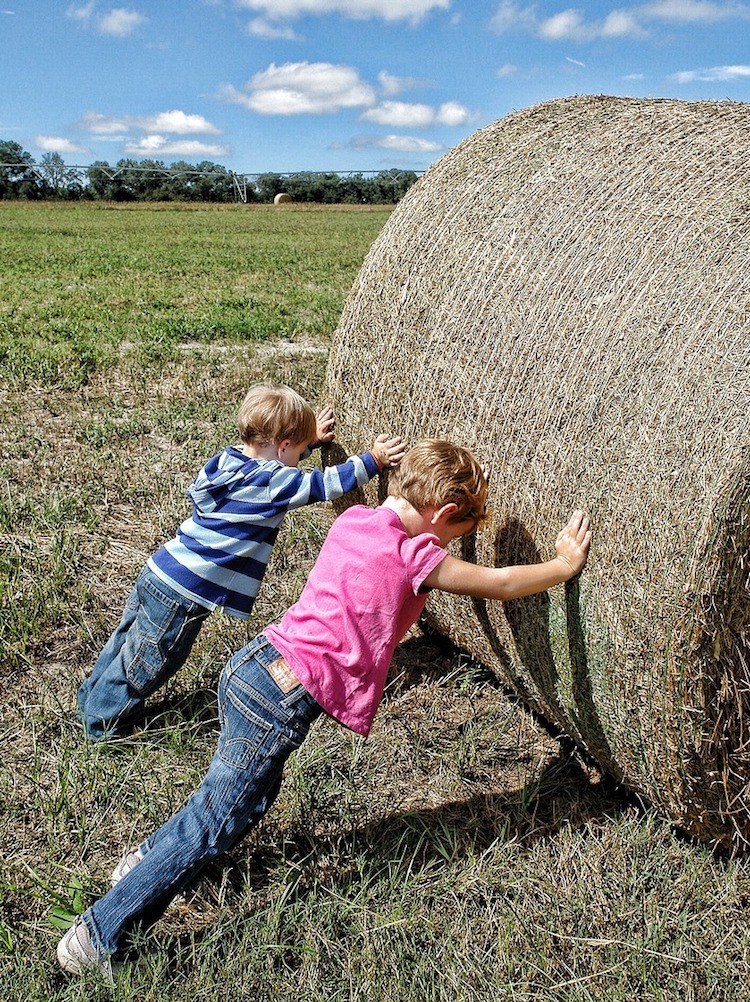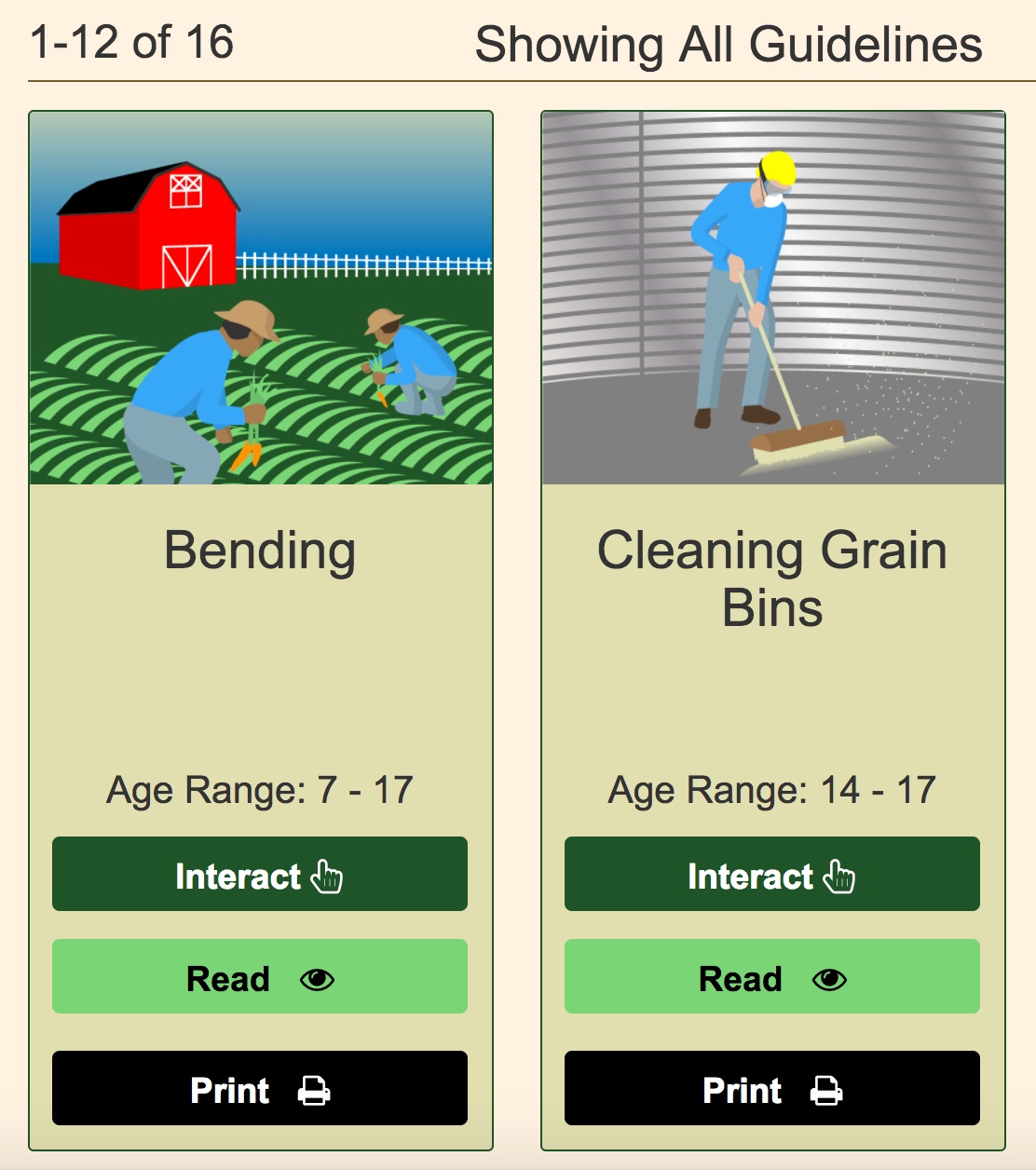
A 20-Year Update for Farm Safety Youth Guidelines
The first 20 of 50 updated and interactive Agricultural Youth Work Guidelines are now available to parents and others to help them determine appropriate tasks for youth who live or work on farms and ranches.
Since 2001, there has been a steady decline in the number of non-fatal injuries to farm youth. Despite this, for youth younger than 16 working in agriculture, the number of fatal injuries is consistently higher than all other industries combined.
Every 3 days in the United States, a youth dies in an agricultural incident.
 “Too many of these injuries and deaths are associated with children performing agricultural work that does not match their development level/abilities,” said Marsha Salzwedel, project leader and youth agricultural safety specialist at the National Children's Center for Rural and Agricultural Health and Safety in Marshfield, Wisconsin. “These guidelines help parents and supervisors determine if a youth is able to safely perform various farm tasks.”
“Too many of these injuries and deaths are associated with children performing agricultural work that does not match their development level/abilities,” said Marsha Salzwedel, project leader and youth agricultural safety specialist at the National Children's Center for Rural and Agricultural Health and Safety in Marshfield, Wisconsin. “These guidelines help parents and supervisors determine if a youth is able to safely perform various farm tasks.”
A Steering Committee was formed to help guide the project. Along with farm and ranch parents, various agricultural organizations were involved, such as the American Farm Bureau Federation, National FFA, 4-H, the U.S. Department of Agriculture, etc., in reviewing and updating the guidelines.
The guidelines are based on the latest scientific research, including child growth and development, agricultural practices, child injury prevention and agricultural safety.

Watch news story on guidelines
By Channel 7, WSAW-TV, Wisconsin.
“These guidelines aren’t just a piece of paper anymore,” said Salzwedel. “The new guidelines can be found on cultivatesafety.org/work in an interactive format, as well as in read-only and print versions. Skin tones can be modified to make them culturally appropriate and equipment colors can be changed to make them more appealing to equipment manufacturers. Information on the benefits of farm work, supervision and child development is also available on the website.”

The guidelines can be searched by age and farm task. The interactive format asks a number of questions to determine if the task is safe for the youth. For example, for utility task vehicles, one of the questions is: "Can the youth reach and operate controls while wearing a seatbelt?" Depending on the answers, the interactive system will provide a safety recommendation. Safety strategies for youth are presented as well.
Support for Agricultural Youth Work Guidelines came from CHS Foundation, National Institute for Occupational Safety and Health, and generous donors to the National Children’s Center for Rural and Agricultural Health and Safety.
This article has been modified from the original posted by the Marshfield Clinic Research Institute.
